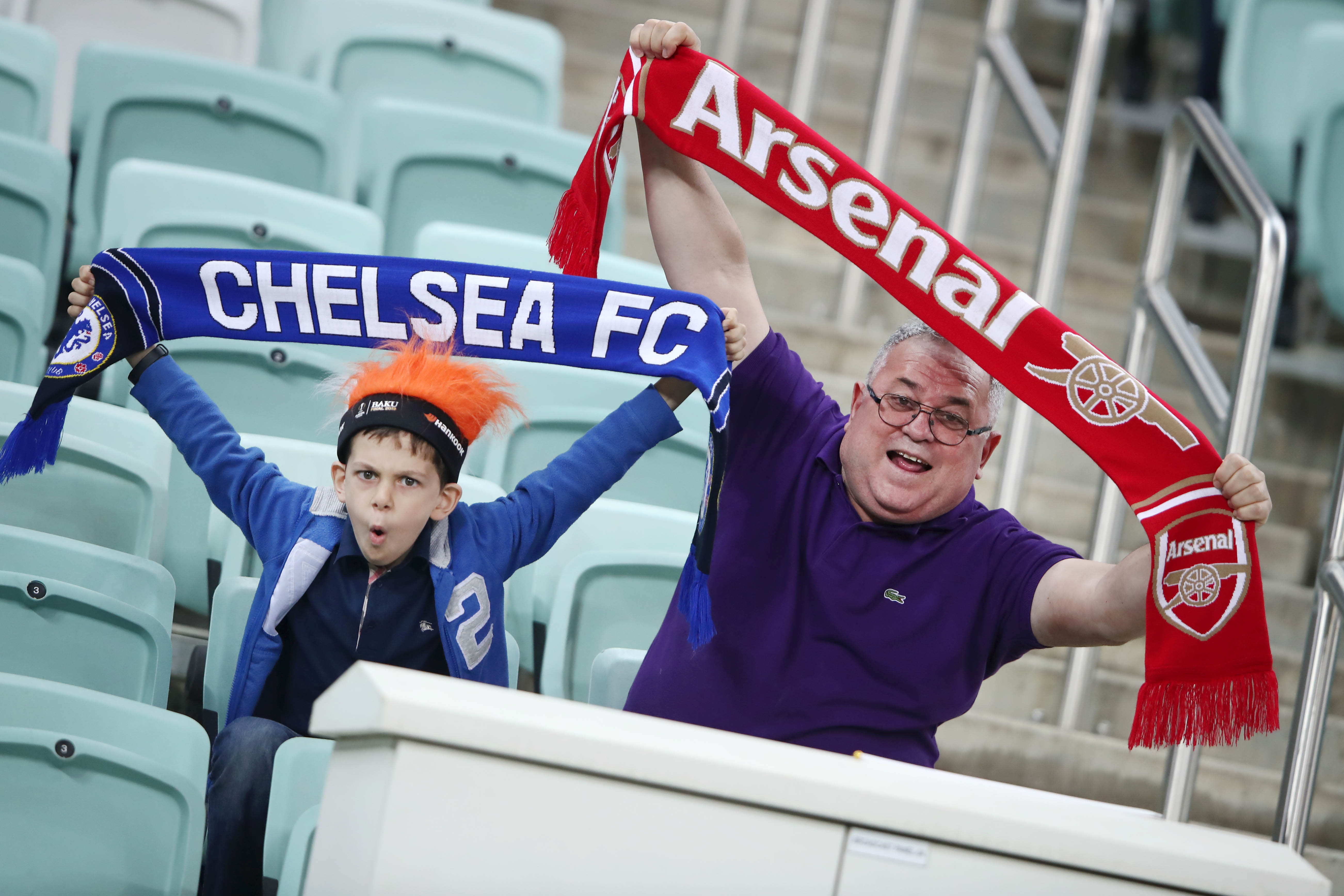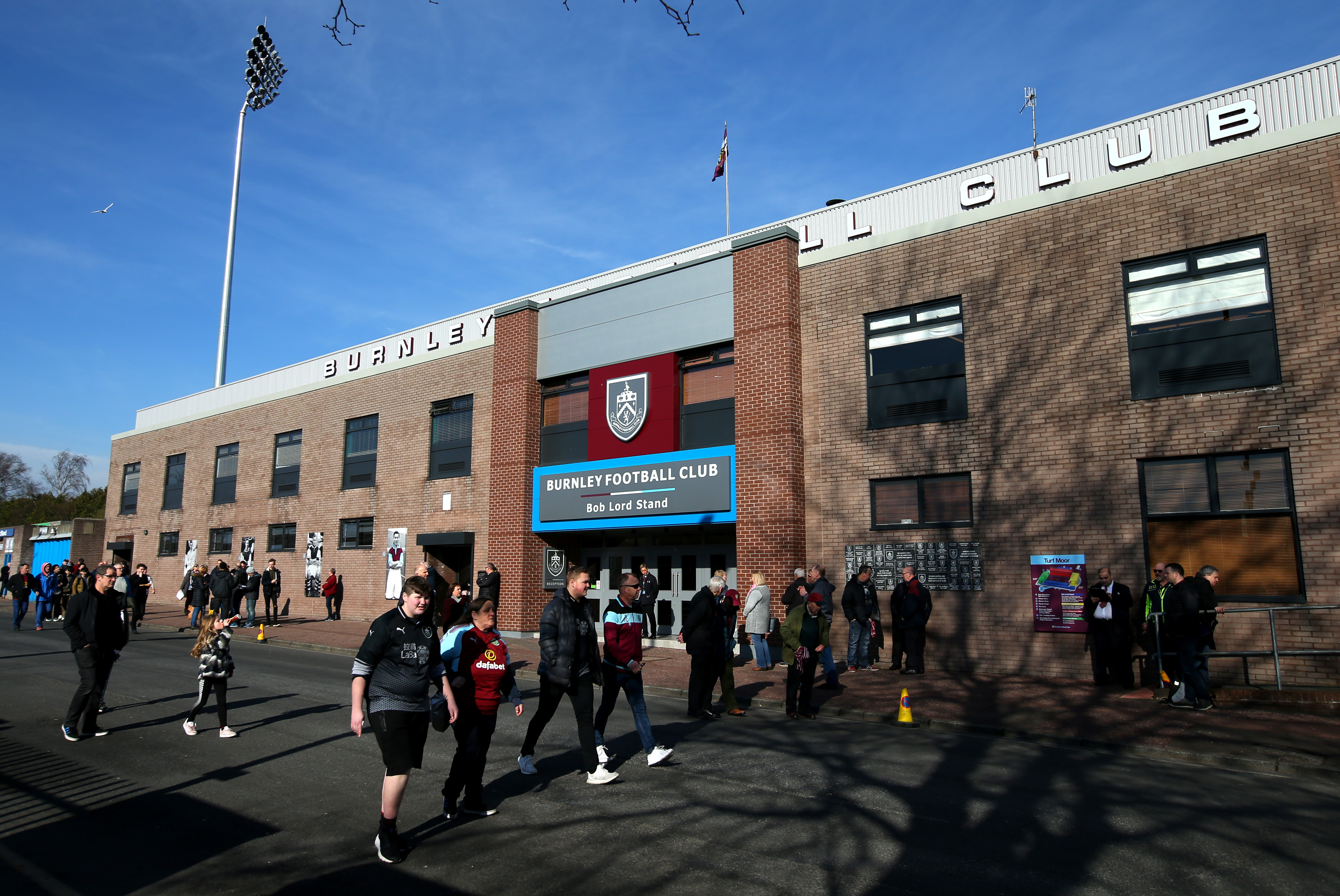Football has a rich history of innovators – from Hugo Meisl and Jimmy Hogan in the in the early 1930a s, Flavio Costa of Brazil during late 50a s through to Rinus Michels and Carlos Bilardo in the 70a s and 90a s. Pep Guardiola belongs to this class, the innovator of the new millennium where he carefully crafted a sublime Barcelona side in the fall end of the first decade. His style of football -the tiki-taka has gone on to influence many teams and players; but unlike others mentioned above, Pep has refused to stop innovating.
The History of Formations
Football formations have evolved constantly over time. From little or no tactics in its inaugural years, modern football as we know it now is ruled by these fine tactical battles. With a plethora of data available, football managers try to outfox each other week in week out. This was hardly the case when football was first kicked around by England and Scotland in the late 1800a s — when the sole objective was only to have all men behind the ball. The concept of formations on the football field, as we know it, was non-existent in the bygone era.
The first formation ever used in world football was the 2-2-6, played in the match between England and Scotland in 1872. This immediately gave way to the pyramid or the 2-3-5 in 1878. As 2-3-5 was universally accepted as the default formation, every team just played with the same shape and rigidity. As teams with stronger attackers started gaining prominence, thoughts were put forward as to how to counter them. And thus started the evolution of the formations in football in the coffee houses of Vienna in Austria.

The W-M formation was employed where the No. 5 shifted just behind to occupy the space between the defenders and midfielders and No.8 and No.10 shifted behind the space between the attackers and midfielders. This was in 20a s and 30a s. From then on, emphasis in footballing formations has been to add more people at the back. The WM gave way to the 4-2-4, the 4-3-3 , 4-4-2 and the 5-3-2. The pyramid had been inverted.
In the early part of the millennium, modern football had settled down on various variations of the 4-3-3 with defensive teams employing a 4-5-1 and attacking teams a 4-2-3-1. This was the universal standard until Josep Guardiola removed that lonely attacker from the pitch as well. The False 9 or the 4-6-0 had been unleashed (Note: the False 9 was employed as early as the 1930a s by Pozzo but never in a 4-6-0 formation) and to devastating effect – with Real Madrid and Jose Mourinho bearing the brute force of it. The common formation on the football field had been turned on its head — from 5 out and out attackers in 1872 to none in 2009.
Guardiola at FC Barcelona
Pepa s impact on world football is greatly undervalued considering he had only a year of coaching experience with Barcelonaa s B team before taking over the reigns with the first team. His forte – taking a simple idea and making it perfect. The ideologies were already there at Barcelona with one of the pioneers of total football – Johan Cruyff. This meant that pressing and possession were already implanted in the club’s philosophy.
.
Pep took over the mantle of taking it further. The 4-3-3 is famously known as the Dutch system and Guardiola stuck with it at least during his first few months. His obsession with the word “control” led him to make one minor tweak to one of the most balanced formations in football. The lone striker in the 4-3-3 wont spearhead the attack but rather stay just behind the two crowding the centre of midfield. Here you can see Pepa s desire to change, a desire to innovate rather than accepting what is standard.

This simple yet powerful tweak unleashed havoc when first implemented against Real Madrid in 2009. The 2 Centre Backs were dumbfounded as to whether to track Messi, the false 9 further up the pitch or hold position. The 2 holding midfielders outnumbered 4 vs 2 in the centre of the park giving Guardiola the full control he so famously craved. The end result a 2-6 demolition of their bitter rivals and the Man of the Match – the false 9. Barcelona went on to win 6 trophies in the 2009.
Guardiola at Bayern Munich
6 years later Pep Guardiola is plying his trade at Bayern Munich, one of the powerhouses of world football. The financial clout of Bayern means that no other team in Germany can compete against them. There is hardly a need to innovate, a variation of the 4-3-3 along with the knowledge of the opposition in enough for Bayern to dominate domestically. However, Pep’s desire for innovation is insatiable.
Pep was always a pupil of the 4-3-3 school of thought. From Cruyffa s Dreamteam in the late 1980’s, to Pep’s very own Barcelona team in 2009, the 4-3-3 was employed to great effect by the Catalan manager. This makes what he is doing at Bayern even more fascinating. The theories that he will continually play a 4-3-3 with a false 9 started to prove wrong in his first season in charge as Pep moved Lahm to central midfield. The following season, he employed Alaba to drift infield instead of overlapping. The seeds of a new innovation were slowly but surely sowed.
Bayern Munich vs Arsenal (5-Nov-2015)
Fast forward to Pep’s third season at Bayern. The German giants were looking for revenge after being defeated 2-0 at the Emirates on Matchday 3 of the 2015-16 Champions League. Guardiola had employed a classic 4-3-3 with a minor tweak — the wing backs where shifting inwards rather than overlapping all the time.

Match day 4 though proved to be a different story. Guardiola dropped Vidal and brought in Kingsley Coman to stretch the field. The pre match formation or to correctly put it, Bayern’s defensive shape looked like a classic 4-2-3-1 with Lewandowski leading the line and Costa and Coman on either side of him. Thiago and Alonso occupied the central midfield berths with Muller slightly ahead of them.
What was astonishing, however, was how their shape changed when they attacked. The wing backs were shifting inwards continuously when Bayern had the ball. With the wingers hugging the touchlines, Arsenal faced the full force of this new tactical innovation, a masterpiece. Compare this to the first ever formation employed in world football, the similarities are staggering.


The 2 Centre-Backs of Arsenal were kept busy by Lewandowski and Muller, the full-backs by Bayern’s 2 wide men – Costa and Coman, Cazorla and Coquelin with the 2 a inside-backsa . This left Arsenal’s front 3 of Campbell, Ozil and Sanchez to track Bayern’s orchestrators, Alonso and Thiag0 along with the 2 ball playing Centre Backs.
The movement of Bayern Munich bamboozled Arsenal’s players as they were faced with the conundrum of whom to pick. Campbell found it impossible to chase Alaba all over the football pitch. Ozil had to track the 2 central midfielders in Thiago and Alonso and ended up always leaving one free. Thiago ghosted into the edge of the box unmarked and put in a brilliant ball for the first goal. For the second goal Lahm overlapped instead of running inwards and centred the ball for Muller. The third goal typified this new tactical genius of Guardiola as Alaba found himself in Central midfield after shifting inwards and curved the ball to the top corner. Arsenal were bedraggled and destroyed.
Pep Guardiola took an archaic formation with no meaning in the late 1800a s and turned it into a wonderfully rehearsed orchestra. While the old formation was rigid with players sticking to their position, this was a mix of the old, the total football of the 1970a s and Peps very own tiki-taka. It is not to say that the formation has no flaws and footballing brains will surely find a way to counter it in the near future.
But the urge to be tactically superior and the insatiable desire to innovate sets Guardiola apart. Josep Guardiola Sala, the evolving mastermind, deserves a standing ovation.
This is a guest post written exclusively for TheHardTackle by Aamer Aslam.





